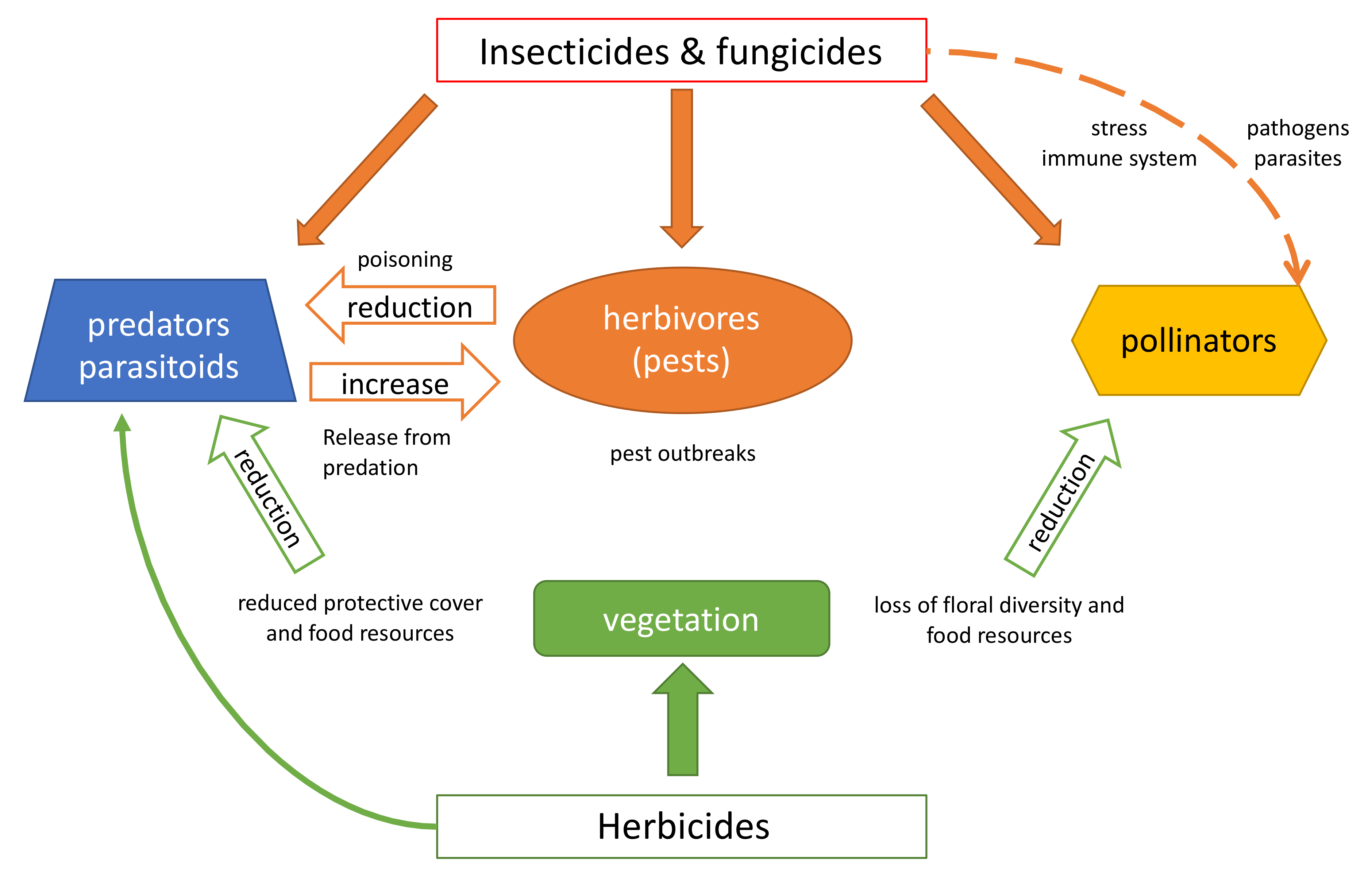The Best Guide To Eco Bed Bug Exterminators Dc
The Best Guide To Eco Bed Bug Exterminators Dc
Blog Article
The Greatest Guide To Eco Bed Bug Exterminators Dc
Table of ContentsThe Ultimate Guide To Eco Bed Bug Exterminators DcNot known Incorrect Statements About Eco Bed Bug Exterminators Dc Unknown Facts About Eco Bed Bug Exterminators DcEco Bed Bug Exterminators Dc - An OverviewThe Ultimate Guide To Eco Bed Bug Exterminators Dc
Since chemicals are hazardous, they are also potentially hazardous to humans, animals, other microorganisms, and the environment. Individuals that make use of chemicals or on a regular basis come in call with them need to comprehend the family member toxicity, prospective wellness results, and preventative actions to decrease exposure to the items they make use of. Risk, or threat, of making use of chemicals is the possibility for injury, or the degree of risk associated with using a chemical under a provided set of problems.
Applicators can minimize or virtually get rid of direct exposure-- and therefore decrease threat-- by adhering to the tag guidelines, making use of individual protective clothes and devices (PPE), and dealing with the pesticide effectively. More than 95 percent of all chemical exposures come from dermal direct exposure, mostly to the hands and lower arms. By putting on a set of unlined, chemical-resistant handwear covers, this sort of exposure can be almost eliminated.
The unsafe effects that take place from a solitary exposure by any type of course of entry are called "intense effects." The four routes of direct exposure are dermal (skin), inhalation (lungs), oral (mouth), and the eyes. Acute poisoning is determined by examining the facial toxicity, inhalation poisoning, and oral toxicity of guinea pig.
All about Eco Bed Bug Exterminators Dc
Acute toxicity is gauged as the amount or focus of a toxicant-- the a.i.-- required to eliminate half of the pets in an examination populace. This measure is normally revealed as the LD50 (deadly dose 50) or the LC50 (dangerous focus 50). Furthermore, the LD50 and LC50 worths are based upon a solitary dosage and are taped in milligrams of chemical per kilo of body weight (mg/kg) of the test animal or in parts per million (ppm).
The reduced the LD50 or LC50 value of a chemical item, the greater its toxicity to human beings and animals. Pesticides with a high LD50 are the least hazardous to people if made use of according to the instructions on the item tag. The persistent poisoning of a chemical is determined by subjecting examination pets to long-lasting exposure to the active component.
The persistent toxicity of a chemical is more tough than acute poisoning to determine via laboratory evaluation. Products are categorized on the basis of their relative severe poisoning (their LD50 or LC50 worths). Chemicals that are classified as highly harmful (Poisoning Group I) on the basis of either oral, dermal, or inhalation poisoning have to have the signal words DANGER and toxin published in red with a head and crossbones symbol prominently presented on the front panel of the plan label.
The acute (solitary dose) dental LD50 for chemical items in this group varies from a trace quantity to 50 mg/kg. Exposure of a couple of drops of a material taken by mouth might be deadly to a 150-pound individual. https://www.ted.com/profiles/46466221. Some pesticide items have simply the signal word risk, which informs you nothing concerning the acute toxicity, simply that the product can create extreme eye damage or severe skin irritation
Everything about Eco Bed Bug Exterminators Dc
In this category, the severe oral LD50 ranges from 50 to 500 mg/kg. A teaspoon to an ounce of this product might be deadly to a 150-pound person (exterminator near me). Pesticide products classified as either somewhat toxic or reasonably harmless (Toxicity Classifications III and IV) are called for to have the signal word care on the chemical label

All pesticide toxicity valuesPoisoning including the LD50, can be found on the product's Item Safety Data Safety and security (MSDS). Pesticide labels and MSDS can be obtained from merchants or makes - https://businesslistingplus.com/profile/ecobedbug3xt/. The signs of pesticide poisoning can vary from a mild skin irritability to coma or even fatality.
Individuals also vary in their level of sensitivity to different degrees of these chemicals. Some individuals might reveal no reaction to a direct exposure that might create hop over to here extreme health problem in others (bed bug heater rentals). Due to the fact that of possible health and wellness worries, chemical customers and handlers must acknowledge the typical symptoms and signs of pesticide poisoning. The effects, or symptoms, of pesticide poisoning can be generally defined as either topical or systemic.
The Only Guide for Eco Bed Bug Exterminators Dc
Dermatitis, or swelling of the skin, is approved as the most commonly reported topical result linked with chemical direct exposure. Some individuals have a tendency to cough, hiss, or sneeze when subjected to chemical sprays.
This signs and symptom generally subsides within a couple of mins after an individual is eliminated from the direct exposure to the irritant. Nevertheless, a reaction to a pesticide product that triggers someone not just to sneeze and cough yet also to create serious acute respiratory signs and symptoms is extra likely to be a real hypersensitivity or allergy.
Systemic impacts are rather different from topical impacts. They usually occur away from the initial point of call as an outcome of the chemical being taken in into and dispersed throughout the body. Systemic effects frequently consist of queasiness, throwing up, exhaustion, migraine, and digestive tract conditions. In advanced poisoning situations, the individual might experience adjustments in heart price, problem breathing, convulsions, and coma, which can result in death.
Report this page